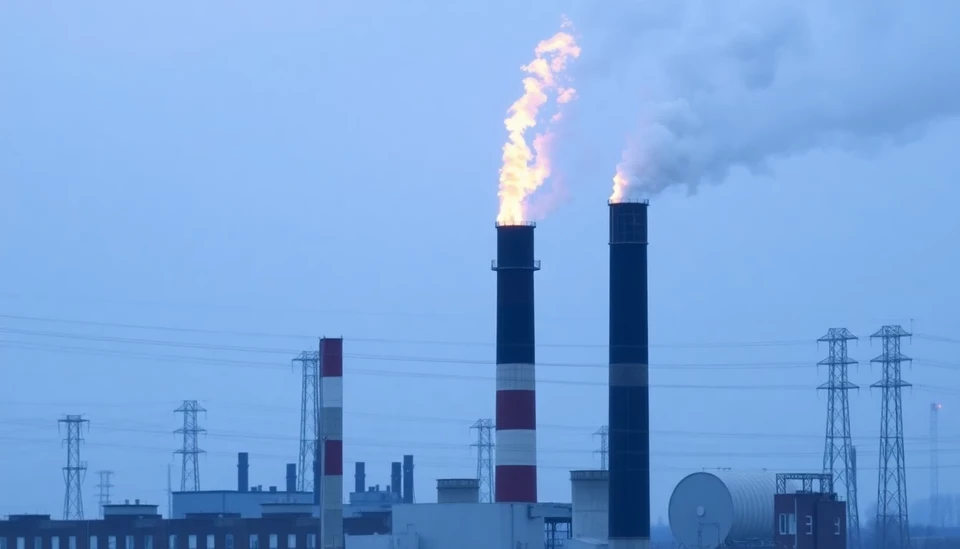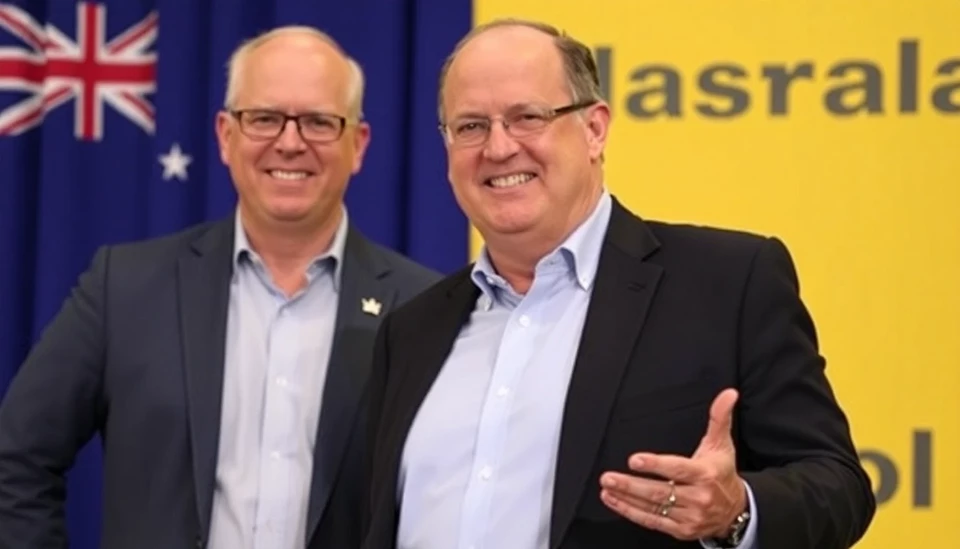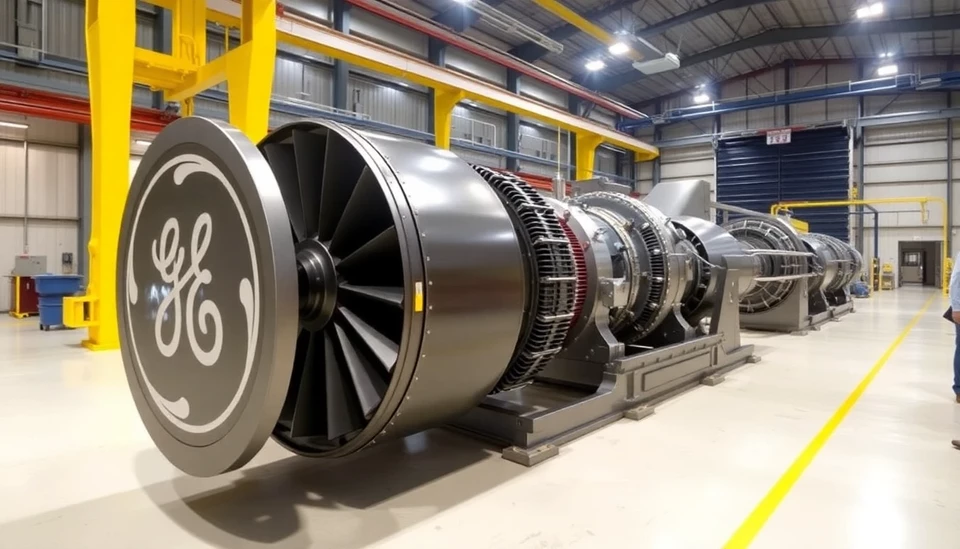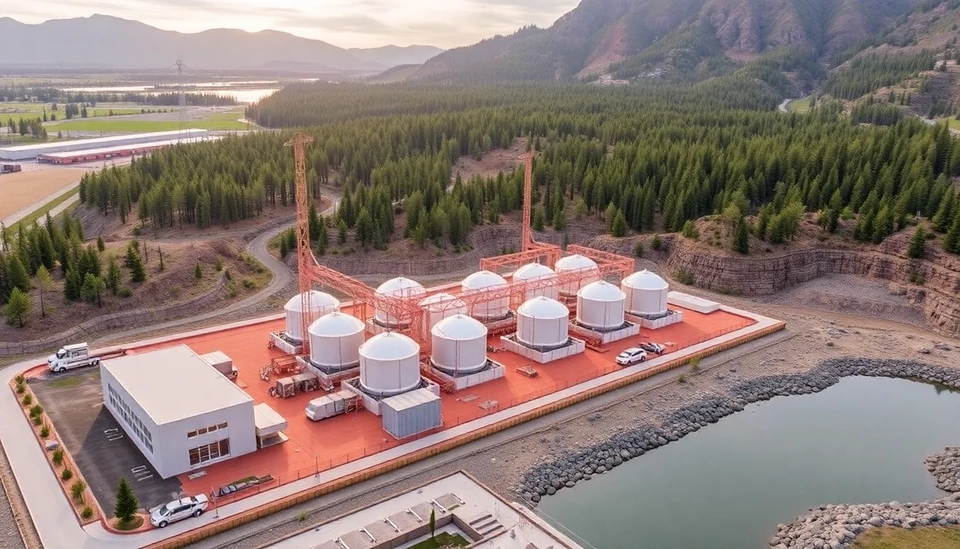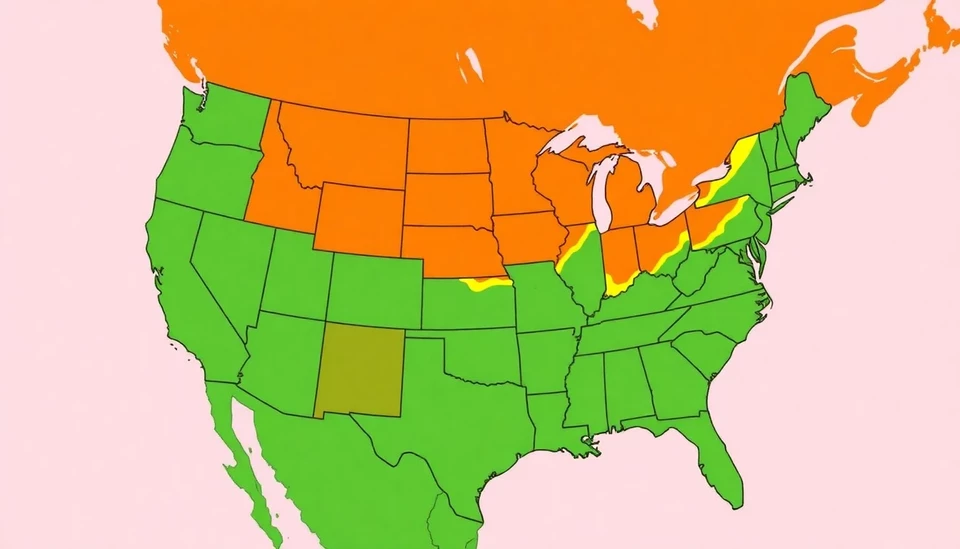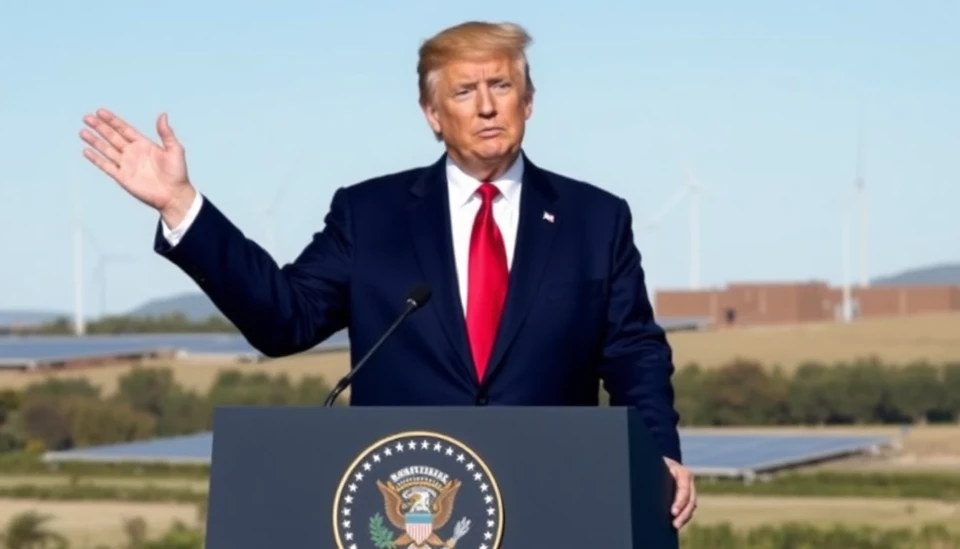
The world of clean energy is facing a significant shakeup as former President Donald Trump is set to introduce a series of protective trade measures that are expected to impact the industry's landscape dramatically. As countries worldwide strive to decrease their reliance on fossil fuels, Trump's administration appears determined to put an America-first spin on clean energy trading, adding new layers of complexity and potential barriers.
Industry insiders and global leaders have voiced concerns that these proposed barriers could lead to increased costs for renewable energy technologies. They argue that the new tariffs and restrictions may ultimately hinder innovation and slow down the transition to cleaner energy sources that the world desperately needs.
Despite support from some domestic manufacturers who hope to benefit from reduced competition, opponents of Trump's plan argue that this approach is misguided. Critics fear that stifling global trade could erode the United States' position in a rapidly evolving clean energy market, where collaboration and joint ventures are essential for scaling technologies and driving down costs.
Furthermore, other nations may retaliate against the U.S., leading to a trade war that could further complicate the energy landscape. Countries like China and the European Union are already investing heavily in clean energy solutions and could respond with their own set of trade barriers, which might hinder the overall growth of the global clean energy market.
In recent statements, Trump has emphasized the importance of protecting American jobs and manufacturing, claiming that the clean energy sector has been undermined by unfair foreign competition. The former President's rhetoric appeals to a significant sector of the American populace that feels left behind by globalization and is anxious about the implications of climate policies that do not prioritize domestic concerns.
This decision comes at a time when the Biden administration is pushing for ambitious climate goals, including a complete transition to renewable energy by 2035. The conflicting approaches of the two administrations signal a deepening divide on how best to tackle climate change and engage with global energy markets.
As the deadline for implementing these new trade measures approaches, stakeholders in the clean energy sector are urging policymakers to consider the long-term consequences. They advocate for a strategy that not only protects American interests but also positions the U.S. as a leader in the global clean energy transition. The future of clean energy trade may hinge on the balancing act between protectionism and collaboration, a challenge that will require careful consideration in the face of rising tensions.
The coming weeks will be critical as various interest groups mobilize to influence the final decisions surrounding these trade policies. As more details emerge, the discussion on clean energy trade continues to evolve, reflecting the complex interplay between economic interests and environmental imperatives.
With so much at stake, the energy community is watching closely, aware that the choices made now could have lasting implications for the health of the planet and the future of the industry.
#CleanEnergy #TradeBarriers #DonaldTrump #RenewableEnergy #ClimateChange #EnergyManufacturing #GlobalTrade #AmericanJobs #EnergyPolicy
Author: Sophie Bennett
